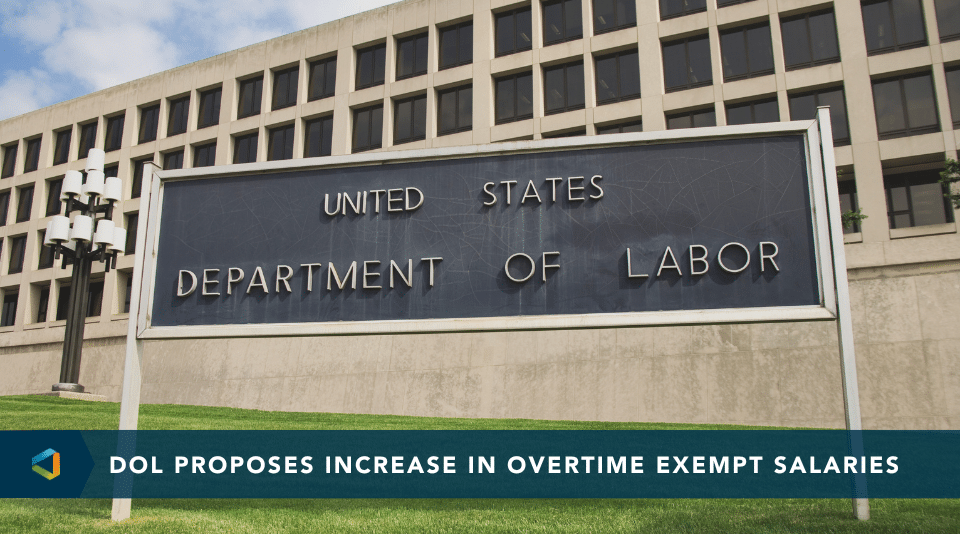Better Benefits, Lower Costs
Why High 2024 Pay Raises May Still Not Be Enough
Why High 2024 Pay Raises May Still Not Be Enough
A flagship survey shows that businesses are planning to increase employee pay by an average of 4% in 2024. This sounds like good news for workers, but the truth is more complicated.
Two years after the beginning of the “Great Resignation,” America’s job market and larger economy are continuing to defy gravity. Though current labor shortages and inflation levels are not as dire as in 2022, it is clear that employers are still facing an uphill battle when it comes to attracting and retaining talent.
In a time of relatively abundant employment opportunities, it can be extremely tempting for workers to look at open jobs and shop around for a better deal than their current employer is giving them. There are many ways for employers to quash this type of temptation, but the most straightforward option is to simply offer competitive salaries and annual pay raises. With the cost of replacing departed employees so high, this policy simply makes good business sense.
People leaders and hiring managers will be interested to know that a recent survey of more than 2,000 American companies and over 30,000 employers worldwide found that the average organization is budgeting for pay increases of 4% in 2024. It’s very important to be aware of statistics like this for the sake of organizational competitiveness, but it’s not always easy to understand what they actually mean. So how should employers interpret this information? And, from the perspective of an average employee, is this news really as good as it seems?
How does 4% measure up?
In a more normal time, a 4% raise would be great news for workers and act as a strong incentive for the average employee to stay in their current role. To get a sense of how 4% compares to a “typical” year, it helps to examine pay raises in the period between 2012 and 2019, when the economy was not suffering from the disruptions of the Great Recession and the Covid-19 pandemic. According to data from the Bureau of Labor Statistics, the average private-sector American worker saw an annual pay raise of 2.3% during the 2012-2019 period.
From the sound of that, you’d think that a 4% pay bump is an excellent outcome for employees. However, this comparison of nominal figures doesn’t tell the full story. Instead, it’s best to measure pay raises in “real” terms, which means assessing them in the context of inflation. When an employee’s wages grow faster than inflation, he or she is making more money in real terms, meaning that the amount of wealth that they earn is increasing. When the inflation rate is higher than an employee’s annual pay raise, he or she is actually earning less wealth in real terms than they used to.
Information from the World Bank and Federal Reserve shows that inflation in the United States averaged about 1.6% during those economically “normal” years of 2012-2019. Since 2.3% wage growth is higher than 1.6% inflation, this means that the average American worker saw a modest but real increase in their take-home pay during that time period.
However, inflation has been much higher than normal throughout the last several business quarters. At 6.5%, year-over-year inflation in 2022 was the highest in more than four decades, and much higher than the Federal Reserve’s target of 2%. Inflation in the first half of 2023 averaged 4.9% - better, but still far from ideal.
Calculating Compensation Amidst Market Uncertainty
Herein lies the problem with 2024’s projected pay raises. While some data seems to suggest that the rate of inflation is slowing, nobody knows what the future holds. If inflation winds up dropping below 4% in the near future, employers budgeting for 4% pay increases in 2024 will be doing themselves – and their employees – a huge favor by providing their workforce with real economic gains.
However, if inflation remains higher than average, employees could wind up with pay raises that provide them with neutral or even negative compensation outcomes. This is exactly what occurred in 2022-23, when wages increased by an average of 4.4%. This figure may seem high on the surface, but it was not enough to counteract the 6.5% inflation that workers dealt with in 2022. This means that, in real terms, most Americans experienced a slight pay cut last year.
In real terms, most Americans experienced a slight pay cut last year.
In addition to this, payroll as a percentage of corporate income currently sits at a multi-decade low, meaning that most employers today are spending relatively less on worker salaries than they used to. It should also be noted that the 4% raise figure from the survey mentioned above masks a heterogenous picture, with 70% of respondents saying that they intend to increase worker pay by the same or more as last year and 14% of respondents budgeting for pay raises to be lower than last year.
So what how should employers of choice be acting under these circumstances? Here are some recommendations:
- When budgeting for pay raises, account for macroeconomic indicators such as overall inflation, the consumer price index, unemployment figures, and labor shortages and workforce participation rates.
- Gain a sense of what is necessary to stay competitive with salary benchmarking services, both industry-specific and generalized budget surveys, and informal assessments of salary ranges in competitor job postings.
- Consider pay raises in the context of your overall business strategy and the high cost of turnover – oftentimes, investing in salaries that ensure high retention rates and long employee tenures is preferable to risking unplanned departures.
- Sweeten the pot with non-compensatory policies that employees will appreciate, such as flexible hours, remote work options, unlimited PTO, and augmented benefit offerings.
Most of all, it’s important to understand that salaries have a direct impact on employee engagement, morale, and performance. Paying your people a livable, competitive wage isn’t just another expense, it’s an investment that pays dividends and increases the likelihood of overall organizational success.
Want to learn more about how to benchmark your organization’s compensation? Check out our blog post Salary Benchmarking Compensation the Right Way.




